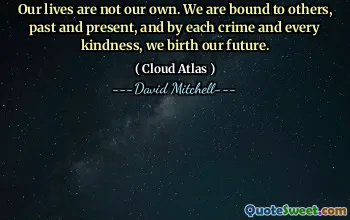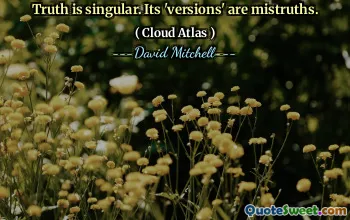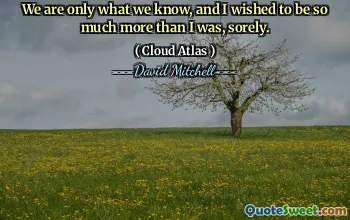The moon is fat, but half of her is missing. A ruler-straight line divides her dark side from her light. She hangs low over the bustling Castro, noticeably earlier than the night before. Autumn is coming. For as long as I can remember, I've talked to the moon. Asked her for guidance. There's something deeply spiritual about her pale glow, her cratered surface, her waxing and waning. She wears a new dress every evening, yet she's always herself.
"The moon is fat, but half of her is missing. A ruler-straight line divides her dark side from her light. She hangs low over the bustling Castro, noticeably earlier than the night before. Autumn is coming." This passage highlights the changing seasons and the moon's appearance, emphasizing its fullness and the division between its illuminated and shadowed parts. The early appearance of the moon signifies a shift in time and atmosphere.
"For as long as I can remember, I've talked to the moon. Asked her for guidance. There's something deeply spiritual about her pale glow, her cratered surface, her waxing and waning. She wears a new dress every evening, yet she's always herself." The narrator's connection to the moon reflects a sense of spirituality and comfort drawn from nature's constant presence. Despite her changing appearance, the moon remains a familiar, reassuring figure."





